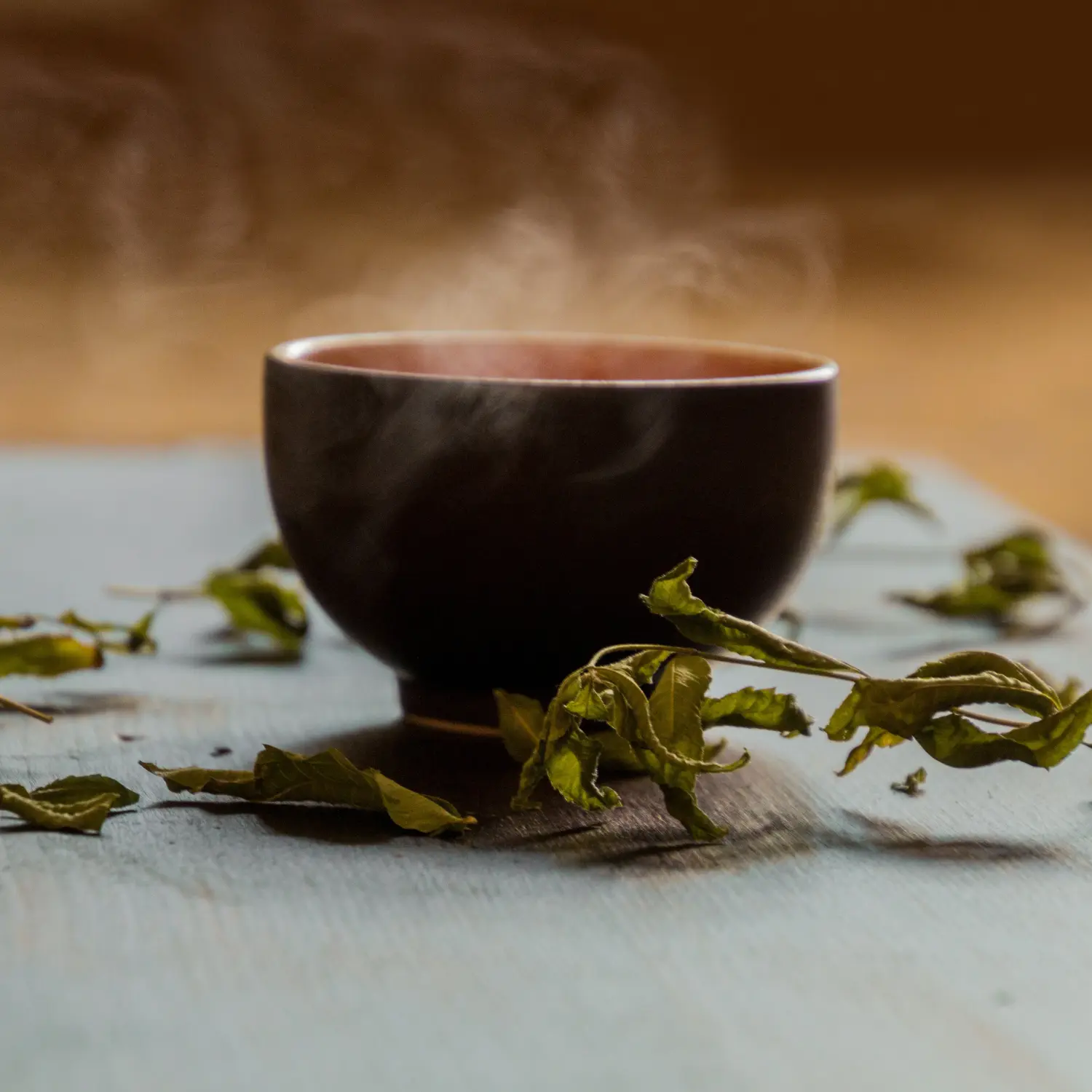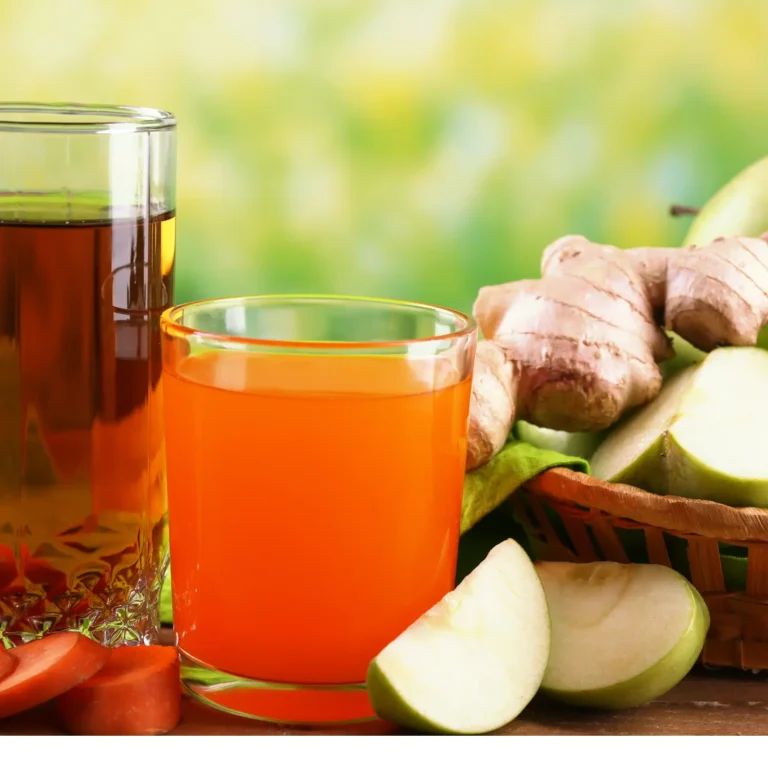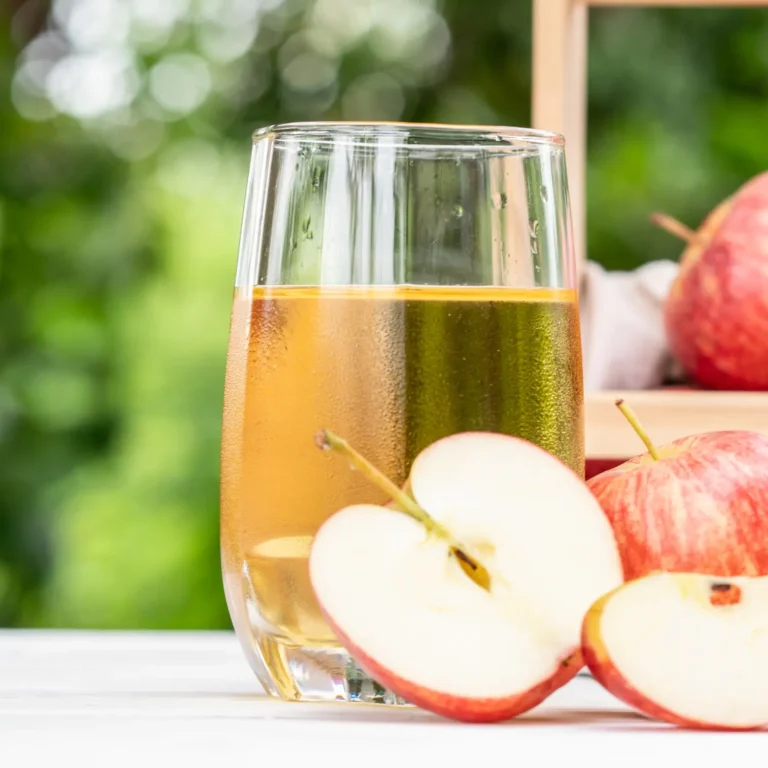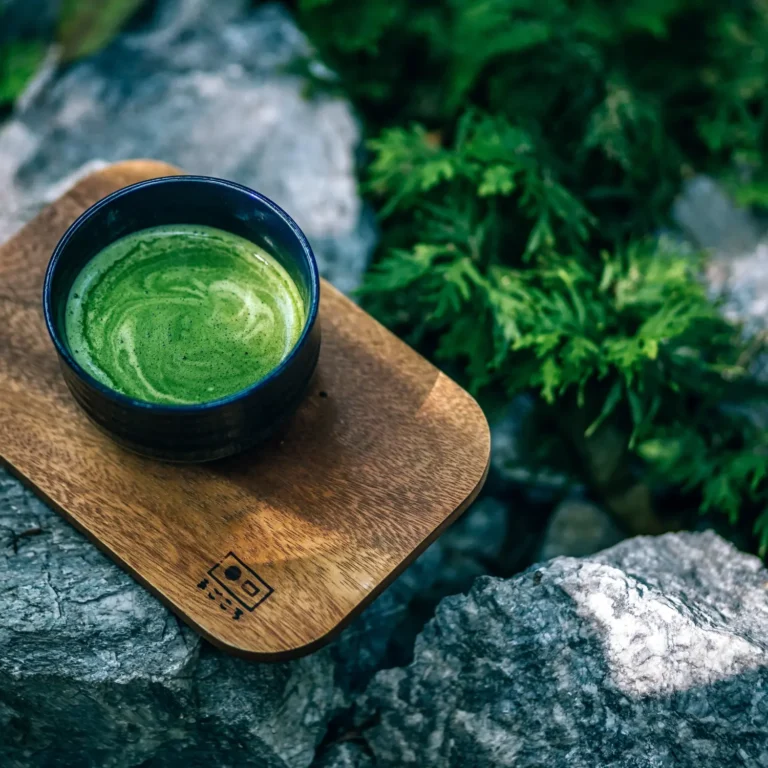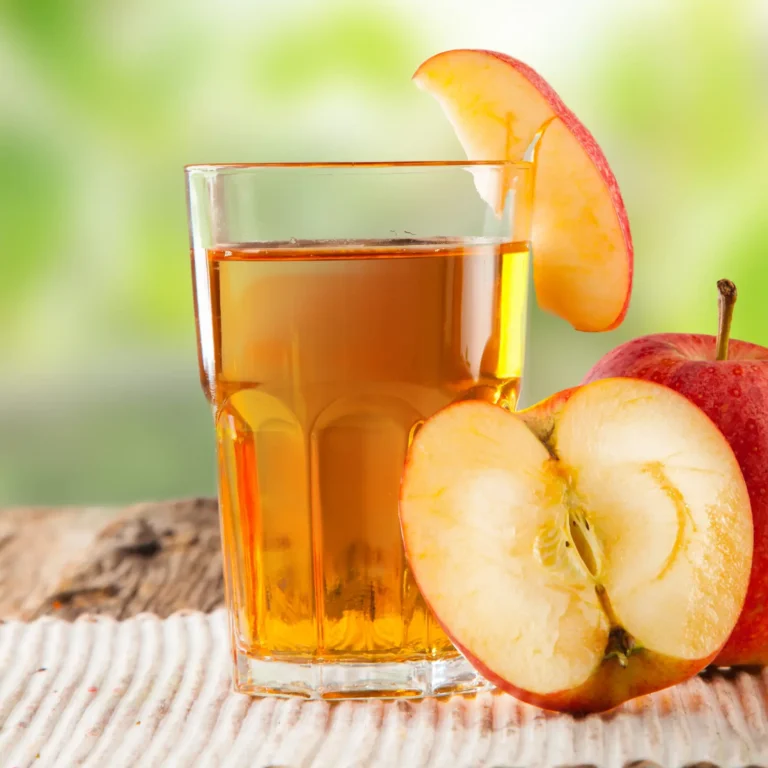Sip into Serenity: Exploring Green Tea Varieties
Green tea, with its origins deeply rooted in ancient China, has transcended time and borders to become a global symbol of tranquility and well-being. In this article, we’ll delve into the rich history, varied types, and the serene experience that comes with sipping different green tea varieties.
Table of Contents
The Origins of Green Tea
Historical Roots in China Green tea’s journey began in China over 4,000 years ago, evolving from a medicinal concoction to a beverage cherished for its taste and calming effects. Spread to Japan and Other Parts of Asia the Japanese adopted green tea from China, infusing their unique culture into the cultivation and preparation processes, creating diverse varieties.
Health Benefits of Green Tea
Ric h in Antioxidants Green tea is a powerhouse of antioxidants that combat free radicals, contributing to overall health and well-being. Potential Stress-Relieving Properties Studies suggest that the amino acid L-thiamine in green tea may have stress-relieving and relaxation-inducing effects. Other Health Advantages From boosting metabolism to promoting heart health, green tea offers an array of additional health benefits.
Different Varieties of Green Tea
- Sencha: One of the most common varieties, sencha is known for its refreshing taste and vibrant green color.
- Matcha: Celebrated for its ceremonial use, matcha is a powdered green tea with a rich, umami flavor.
- Genmaicha: Blending green tea with roasted brown rice, genmaicha offers a unique nutty flavor profile.
- Gyokuro: Grown in shaded conditions, gyokuro boasts a sweet and mellow taste, prized by connoisseurs.
- Dragon: Well Hailing from China, dragon well tea features flat, slender leaves and a distinct chestnut flavor.
Cultivation and Processing
Growing Regions and Conditions Green tea thrives in specific regions with the right combination of altitude, climate, and soil. Harvesting and Processing Methods The meticulous process of plucking and processing leaves determines the flavor and quality of the final tea.
The Art of Brewing Green Tea
Ideal Water Temperature and Steeping Time Brewing green tea requires precision – the right temperature and steeping time are crucial for optimal flavor. Traditional vs. Modern Brewing Methods While traditional methods embrace simplicity, modern techniques offer convenience without compromising on taste.
Green Tea and Mindfulness
The Ritualistic Aspect of Green Tea Consumption Green tea’s preparation and consumption often involve mindful rituals, fostering a sense of calm. Connection to Mindfulness and Meditation Practices Many practitioners incorporate green tea into mindfulness routines, enhancing the meditative experience.
Pairing Green Tea with a Relaxing Environment
Ideal Settings for Enjoying Green Tea Creating a serene environment enhances the enjoyment of green tea – consider quiet spaces or natural surroundings. Enhancing the Experience with Calming Elements Candles, soft music, or a comfortable chair can elevate the calming effects of sipping green tea.
Green Tea in Different Cultures
Cultural Significance in Japan, China, and Other Regions
In Japan, green tea is woven into the fabric of daily life, while China celebrates it in traditional ceremonies.
Various Customs and Ceremonies
Explore the diverse customs surrounding green tea in different cultures, each with its unique significance.
Common Myths and Misconceptions
Dispelling Misconceptions about Green Tea Separate fact from fiction by addressing common misconceptions about green tea and its properties. Addressing Common Myths From caffeine content to exaggerated health claims, demystify the myths surrounding green tea.
Choosing the Right Green Tea for You
Factors to Consider When Selecting Green Tea
Consider taste preferences, caffeine sensitivity, and desired health benefits when choosing your green tea.
Personal Preferences and Taste Profiles
Whether you prefer a bold matcha or a delicate sencha, there’s a green tea variety tailored to your taste.
Sustainability in Green Tea Production
Environmental Considerations in the Tea Industry Delve into the importance of sustainable practices in the tea industry, supporting eco-friendly cultivation and processing. Supporting Eco-Friendly Practices Learn about brands and initiatives committed to sustainable green tea production, making a positive impact on the environment.
Trends in Green Tea Consumption
Emerging Trends in the Green Tea Market Explore the evolving landscape of green tea consumption, from innovative products to unique flavor profiles. Innovation in Green Tea Products Stay informed about new products and trends shaping the green tea market, offering fresh experiences for enthusiasts.
Conclusion
In the vast and flavorful world of green tea, there’s more than meets the eye. Beyond its health benefits, the act of sipping green tea becomes a meditative journey, connecting cultures and individuals in a shared pursuit of serenity.
FAQs
Is green tea always green in color?
Green tea can vary in color, influenced by factors such as processing methods and tea variety. While most are green, some may have yellow or even brown hues.
How does green tea promote relaxation?
The amino acid L-thiamine in green tea is believed to have relaxing effects, contributing to a sense of calm and reducing stress.
Are there decaffeinated green tea options?
Yes, decaffeinated green tea is available, catering to those who want to enjoy the benefits of green tea without the stimulating effects of caffeine.
Save this pin!


